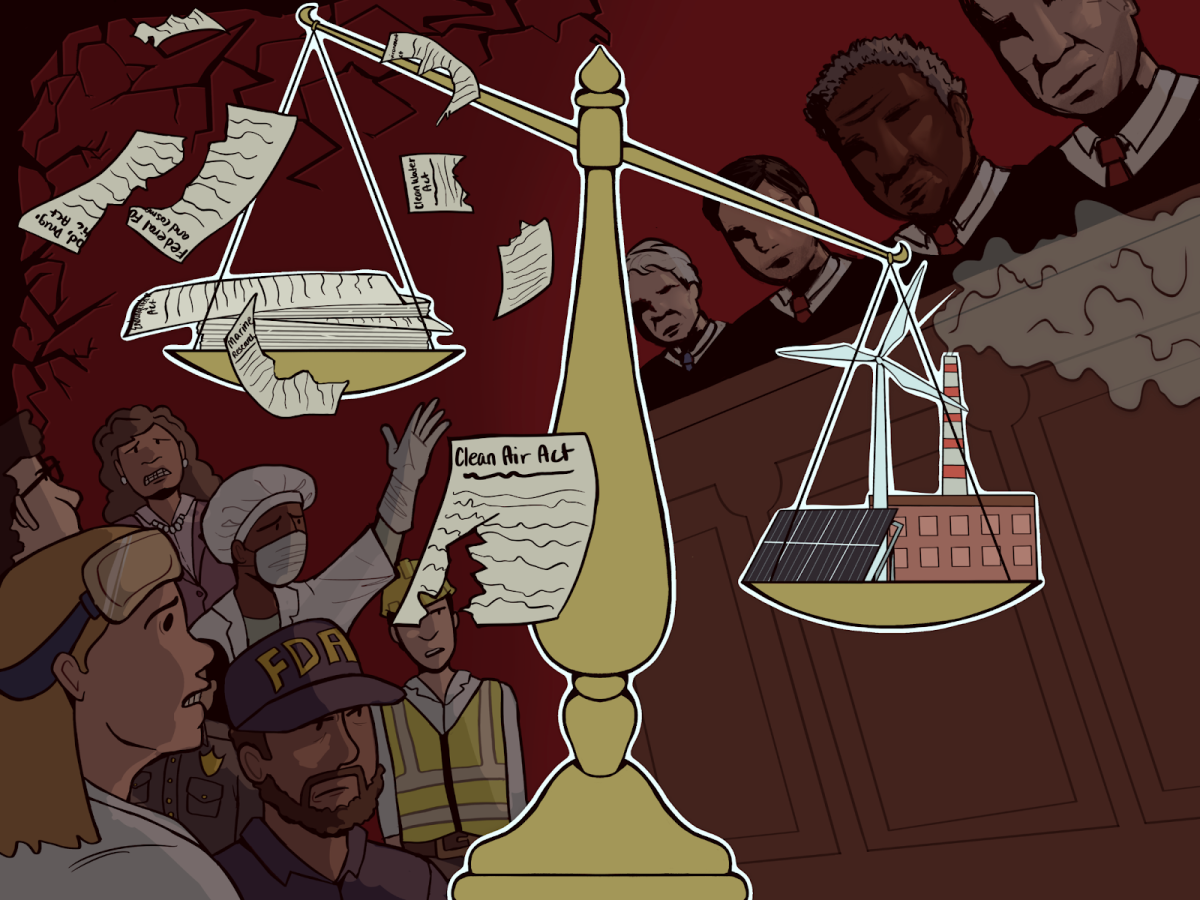On the party circuit, it’s common to spot someone with a drink in one hand and a cigarette in the other, but many of these people don’t smoke unless they’re drinking.
UA anthropologists have started to peel back the layers behind this anomaly.
Their work has named a new phenomenon, called “”party smoking,”” which links alcohol and casual cigarette smoking among college students.
Mimi Nichter, associate anthropology professor, and Mark Nichter, a regents’ professor of anthropology, conducted a small study at the UA and a larger study at a Midwestern University. They found that while drinking, smoking became “”cooler, acceptable and a valuable social tool.””
According to the study, party smoking is utilized as a tool for flirting and to provide alone time, for sober drivers to still feel social within a drinking environment, as a stimulant to counteract the depressant nature of alcohol and for both men and women to create an impression of mystery and to project a less uptight image of themselves to their peers.
Many party smokers do not consider themselves to be smokers, viewing it as “”trashy”” behavior. Usually they are shocked when confronted about the amount they smoke.
“”People told me, ‘Look Mark, this isn’t who I am, this is just what I do at parties,'”” Mark Nichter said.
This is a trend he finds very dangerous: “”It’s not like alcohol really … cigarettes harm you every single time,”” he said.
Mimi Nichter, who has studied adolescent and young adult smoking for years, also noticed there has been a rise in college-age students who started smoking. She noted that big changes and high stress times are often factors. These stressful situations include the first few weeks of freshman year, sophomore year when several students move out of the dorms and senior year before graduation.
“”Low-level smoking is dangerous, we know now,”” said Mimi Nichter.
New studies like this one refute old theories that say most addiction begins with initiation before 18 years old.
This transition into more serious addiction past age 18 happens in a variety of ways.
“”We used to think you had to smoke a certain number of cigarettes or be dependent on high levels, but we understand now that there’s new expressions of dependency … like intermittent smoking, and that’s a new pattern,”” said Mimi Nichter.
“”There’s this easy slippage from being a party smoker to being a more regular smoker,”” she said. “”That’s a message we want college students to get, that it’s not harm-free to be smoking a little bit.””
UA students have noticed similar patterns.
“”People that don’t smoke do when they start drinking,”” said Kelcy Bronson, an education freshman. “”When they’re drunk they don’t care about the effects anymore … I think if you asked them, they’d be like, ‘No, I’m not a smoker,’ but they do when they drink.””









